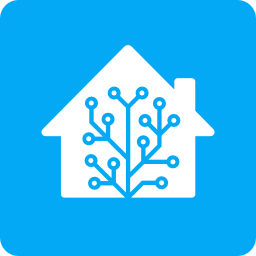

They don’t, but irritatingly, when one of its accessories are on sale Steam will pitch it to me.


They don’t, but irritatingly, when one of its accessories are on sale Steam will pitch it to me.


I’m pretty sure this was in the book of revelations.


I thought they’d already released FrostPunk?


It cracks me up when they have a sale and push discounted Steam Deck accessories on the front page, but they won’t sell me the handheld.


Op was so preoccupied with whether or not they could, they didn’t stop to think if they should.


I Imagine they’ll use whatever connections are provided to them by their AI overlords.
The VPn may be necessary if their IP address ranges are being blocked, or it could be to get around an API limit?


I wouldn’t be surprised if they are doing it to block AI from hoovering up all of their data.


On your firewall block all IP addresses except Cloudlflare’s IP ranges
Configure Cloudflare’s firewall to block any connections from outside your home country.
We’ll I won’t be bothering with a Sorcerer as my season 1 character.


Orbit BHyve is a range of smart retic products that can be controlled by HA. I use their retic controller.


What are the storage implications of setting up your own instance? Are you syncing the contents of every sub or just the ones you and your friends subscribe to? I like the idea of doing it but will it be TB’s of content in a few months?
Thanks for the feedback, I didnt realise this was unrealistic.
Five of them failed and I had to throw them out. I’ve still got some that are working fine but I’m not buying any more.
I’ve actually replaced most of them with Shelly 1L smart relays so I can control the lights regardless of the switch status. This way it doesn’t matter whether I use smart globes or not I can still turn the lights on/off from my Home Assistant dashboard.
I’ve switched from LIFX to IKEA bulbs, I’ve found them to be cheaper and more reliable.


This is such an open ended question that nobody can give you an accurate answer as there are so many factors that need to be considered.
How big is the site? How much data is being stored? What is the DB backend? How does it handle failover between DB servers in the event the primary goes down? Is it being hosted in a cloud service, your own DC or a cupboard? Does the location it is being hosted already have redundant power and internet connectivity? Are they diverse, so if one provider fails the other one will remain online? You’d need to maintain separate sites in case one location goes down due to a major event like an earthquake, so you need to replicate data in real-time to your DR location.
There are so many factors to consider and I haven’t named them all. Regardless of what your answer is, it would be very expensive to maintain any server at 6 9’s level of availability. For a marketplace website with only 1000 visitors a day there is no need for that level of availability because there would be times in the day that nobody would be on it. Only a marketplace the size of Amazon would consider that level of availability.
I built a pool water temp sensor using an ESP32 and a DS18B20. I drilled a hole in the pump intake pipe, installed it and now I always know the temp of the pool.
I cant find the original page I used to build it but it wasnt hard and there are similar guides online. Here is the code I am using on the ESP32
esphome: name: esp-pool-temp
esp8266: board: esp01_1m
logger:
api:
ota: password: “fa053faa36e5d6600a5613086aaca3ca”
wifi: ssid: <SSID> password: <password> fast_connect: true
captive_portal:
dallas:
sensor:
I think we are past the tipping point now, it’s downhill from here and what we do to reduce carbon emissions will only determine how fast we go down that hill.